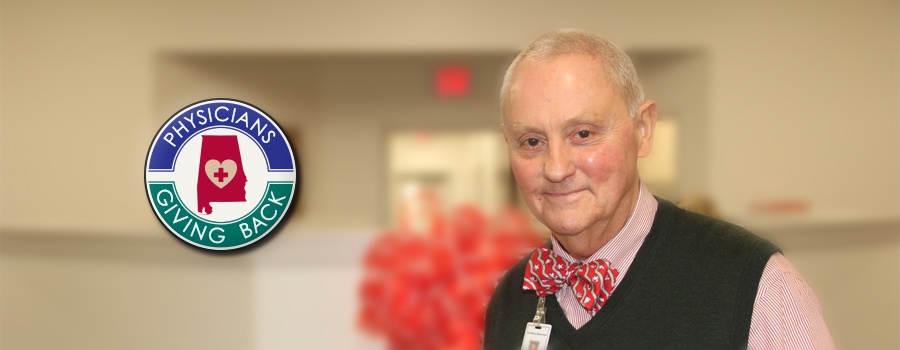Tag: opelika
-

The Many Hats of Richard Freeman, M.D.
OPELIKA — Dr. Richard Freeman’s office at Pediatric Associates of Auburn (which includes Drs. Ellen Royal, Rian Anglin and Katie Wolter) overlooks beautiful woods where wild turkeys have been known to roam. Inside his office are keepsakes of his past from photos of his time in the U.S. Navy to an identical propeller from a…
-
